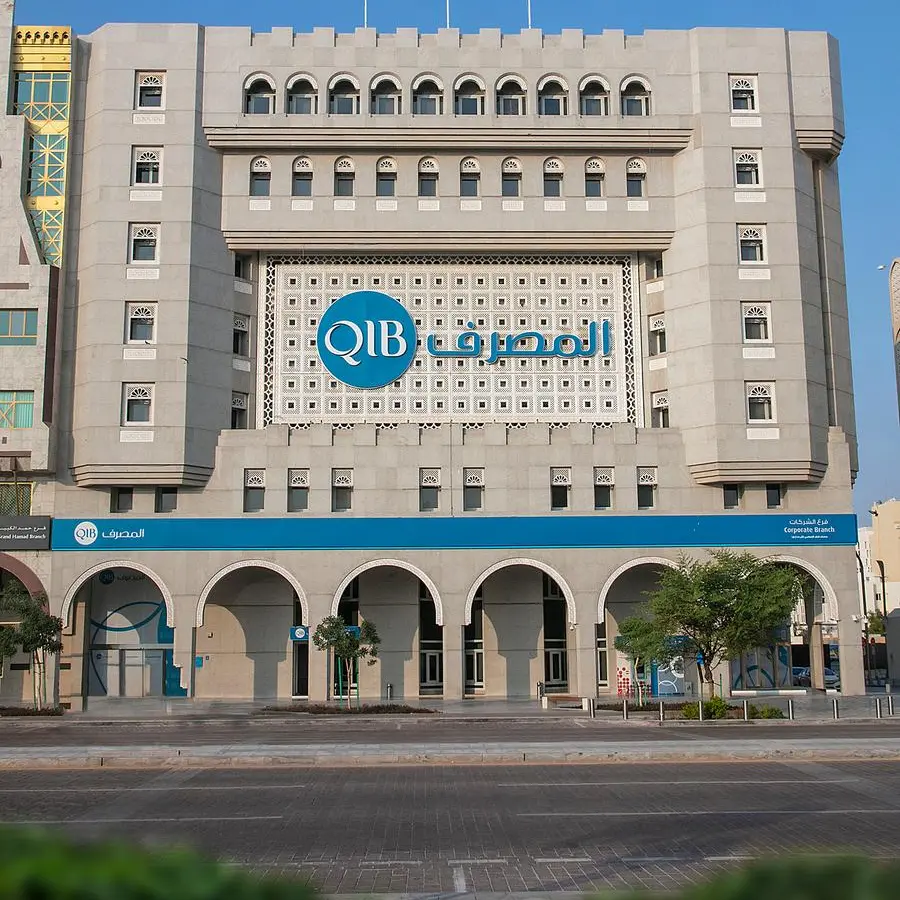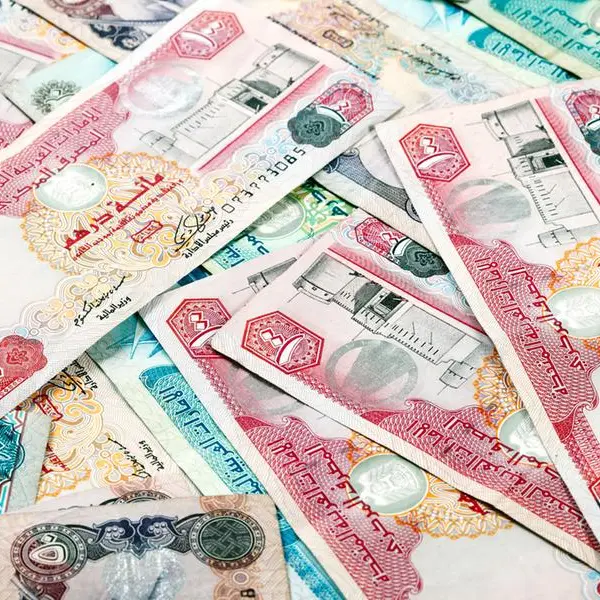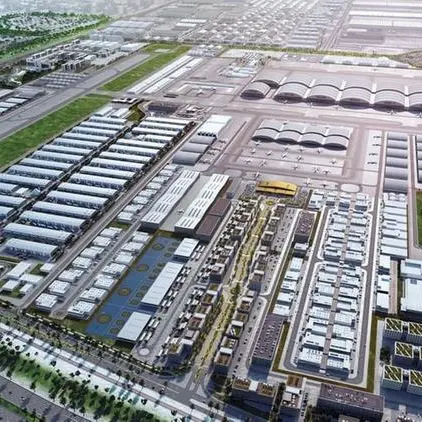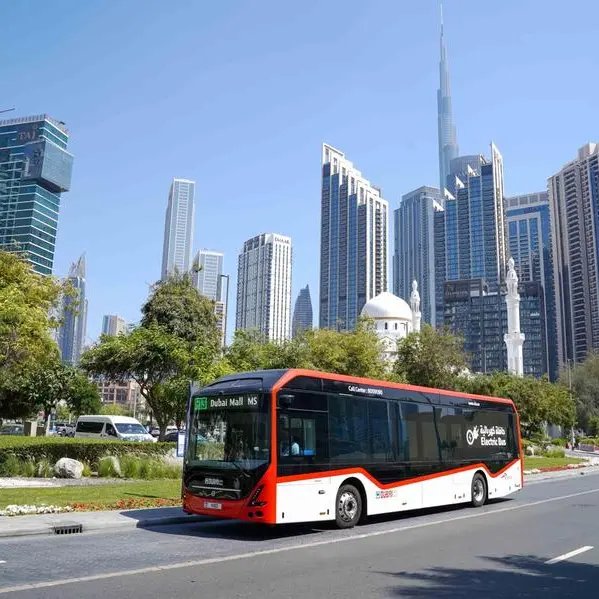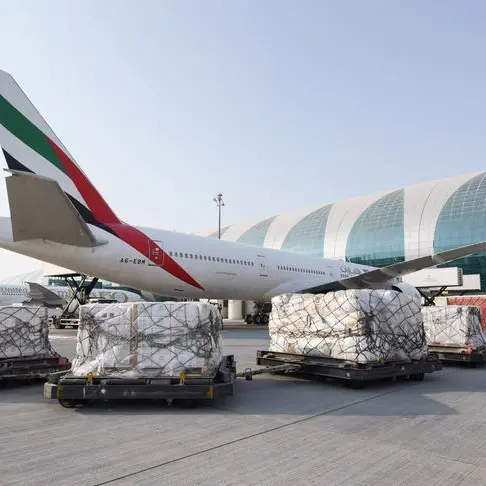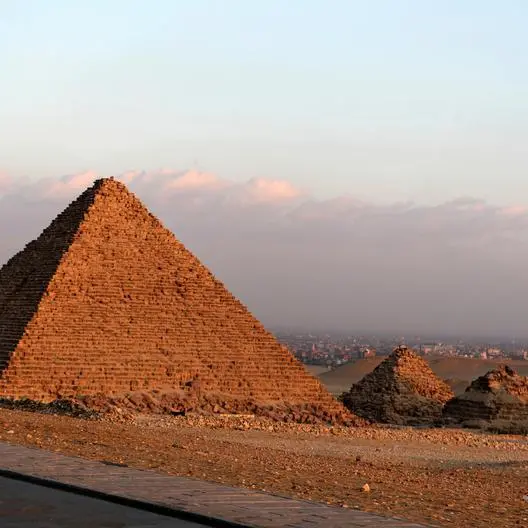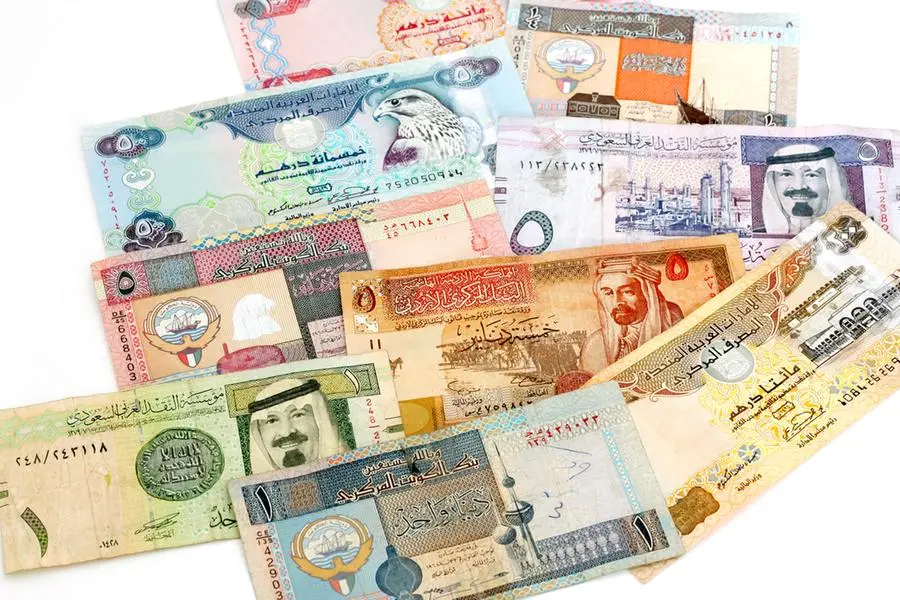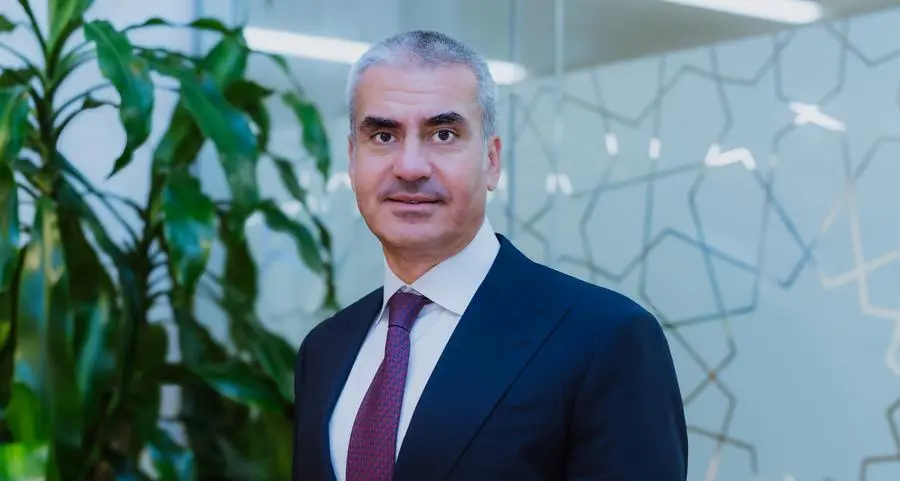KUWAIT CITY: A report issued by KFH-Research explains that Kuwait's growth outlook for 2013/14 ranks among the highest in the Gulf Cooperation Council (GCC) GCC, in line with resilient growth outlook across the region. The report expects real GDP to expand by 4.5% this year from an estimated 5.2% in 2012 supported by the near record-high oil production which forms the bulk of exports, on-going recovery in the non-oil sector, strong public and private investment on infrastructure projects and increasing foreign direct investment (FDI).
The report states that growth is further underpinned by the expansion of fiscal policy in the form of handouts and debt relief programmes introduced by the government, which is likely to boost private consumption. Meanwhile, oil sector will remain a vital driver of economic growth and is expected to expand 4.4% in 2013. For the non-oil sector, growth is likely to rebound to 4.6% in 2013 on the back of further recovery in the manufacturing, construction and real estate sectors supported by strong government capital expenditure budget allocation for FY2013/14.
The report mentioned that for 2014, real GDP growth is expected to pick up further to 5.0%. Kuwait's economic growth will continue to be driven by expansion in government expenditure and private consumption with possible upside surprises coming from private investment as we expect FDI inflows to pick-up following improving business conditions. In line with the robust growth anticipated for the GCC region, the non-oil sector is forecast to accelerate to 5.9% in 2014 from 4.6% in 2013. However, Kuwait's oil sector may likely see a slightly slower growth pace of 3.9% in 2014 as output approaches capacity. At 5.0%, Kuwaiti economy continues to remain commendable among the GCC countries and is ranked third after Qatar (6.0%) and Saudi Arabia (5.3%) but is ahead of the UAE (3.6%), Bahrain (3.5%) and Oman (3.2%).
Oil Sector: Production Up From 2012 Levels
Kuwait boosted its oil production in 2012 to an average of 2.79mln bpd, up from 2.48mln bpd in 2011. Despite a largely unchanged oil output forecasted by the Organization of the Petroleum Exporting Countries (OPEC) at approximately 30mln bpd for 2013, Kuwait managed to lift its oil production to 2.89mln bpd for the first five months of 2013, a 3.5% rise from 2012 levels as sanctions on Iran and output disruptions in Libya and Nigeria caused oil importers to turn to other oil suppliers.
Recently, the OPEC had boosted its production by 106,000bpd in May 2013 to 30.57mln bpd, which was the highest level in 6 months. This was led by consumption climbs at the end of 2Q13 due to peak summer demand for driving fuels in the northern hemisphere and higher electricity use in the Middle East to power air conditioning units. The OPEC had also maintained its forecast for global oil demand at 89.7mln bpd, a 0.8mln increase from 2012 levels.
Meanwhile, Chinese oil refiners such as Sinochem and Sinopec had since last year finalised annual crude oil supply deals with Kuwait for 2013 at steady volumes of approximately 250,000bpd. Given these factors, Kuwait oil output is expected to average near recent levels of 2.9mln bpd for the rest of 2013, representing a 4.0% production increase compared to 2012. For 2014, oil output is expected to register a modest increase of 100,000bpd to 3.0mln bpd, as production nears its maximum capacity of 3.2mln bpd. However, Kuwait plans to invest $56bln on domestic oil and natural gas projects over the next five years and intends to boost oil production capacity to 3.65mln bpd by 2020 to help meet rising global demand. The move is part of a broader strategy, named Project Kuwait, to increase oil output capacity to 4mln by 2030. Also, Kuwait plans to start drilling for heavy oil and produce up to 60,000bpd by 2017. Under the project, which is part of a long-term plan set out by parent group Kuwait Petroleum Corp., nearly 1,200 wells will be drilled to produce heavy oil with capacity expected to reach 270,000bpd by 2030.
Benchmark oil prices came under selling pressure since April 2013 following a downward revision in global growth by the International Monetary Fund (IMF). Along with the WTI and European Brent falling below the $100pb mark in mid-April 2013, the Kuwait Export Crude price fell to the year's low of $94.96 on 17th April 2013 but subsequently rebounded in May 2013 to above $100pb, hovering between $99-102pb in June 2013. Year to date, the Kuwait Export crude price averaged at $104.72pb.
In a recent statement, Kuwait Petroleum Corporation CEO, Farouk al-Zanki, described that the current oil price of $100pb as being 'fair' and the market is 'stable' while Gulf neighbour Saudi Arabia had also mentioned that the same price was 'reasonable' for both consumers and producers. We continue to expect oil prices to average between $100-110pb in 2013 and 2014, compared to an average of $113pb in 2012.
Non-Oil Sector: Recovery Seen Going Forward
The latest official data show that Kuwait's non-oil economy, which account for more than half of real GDP, grew by a modest 0.9% in 2011 as key sectors such as trade, manufacturing and finance sectors continued to feel the fallout from the financial crisis. The financial services sector, in particular, was likely affected by continued deleveraging of investment companies. However, Kuwait's non-oil growth is expected to pick up from just over 1% estimated for 2012 to 4.6% for 2013 and 5.9% in 2014, on the back of strong growth in consumer spending. Compared to its GCC counterparts, this pace is still considered average due to slow implementation of key projects amidst continued political bickering in the Gulf state. Looking ahead, Kuwait's growth trajectory, especially in the non-oil sector, can be upheld or even accelerated should faster implementation of government capital spending projects and a more aggressive approach to economic reforms are put in place.
In the financial services sector, Kuwait's banks recorded strong growth in 2012, and are looking to improve on this in 2013, by seeking further growth abroad and taking advantage of the opportunities offered by the government's $125bln Kuwait Development Plan. Amid domestic political stalemate, the Kuwaiti banking sector still managed to record a strong performance in 2012. Data from the Central Bank of Kuwait (CBK) show that aggregate banking assets increased 7% to KWD52.7bln, with customer deposits increasing by 16.5% and shareholder's equity by 4.1%. According to the CBK, Kuwaiti banks continue to be well capitalised and highly liquid, with a capital adequacy ratio of 18% and liquid-assets-to-total-assets ratio of about 25% at the end of 2012.
Bank credit grew by 5% among Kuwaiti banks in 2012, with consumer credit and non-financial business activity performing strongly, making it the best year for credit performance since 2009. Banks continued to enjoy high levels of liquidity, supporting the declining trend in the cost of funds. Consumer credit activity increased by 16.6% in 2012 compared with 9.5% in 2011, while non-financial business activity was at 4.2% compared with 1.9% in 2011. Bank lending looks set to improve in 2013, as the large projects envisaged by the $125bln Kuwait Development Plan finally start to be executed. With the sector having proven itself resilient to the effects of the global financial crisis and with many institutions having established themselves on a stable path, the country's banks are in a good position to move toward greater growth.
The construction sector, which declined 8.0% during the global financial crisis in 2009, appears set to continue its recovery going forward after expanding 1.8% and an estimated 3.5% in 2011 and 2012 respectively. This is largely on signs of a greater determination by Kuwaiti authorities to implement large infrastructure projects associated with the government's development plan that had previously stalled. These include projects in the transport, power and oil refining sectors, which should ease the economy's dependence on growth in the consumer sector and will nevertheless remain firm thanks to high employment levels and fresh government measures to support income growth.
The construction industry is looking to a series of projects, combined with increasing demand from the private sector, to generate momentum following a period of minimal growth and thin margins. In recent months, the government has announced several infrastructure developments and re-introduced others that had been delayed due either to fiscal constraints or parliamentary hurdles regarding allegations of poor tender practice. At the end of January 2013, for example, the Kuwait Oil Company awarded a $486.5mln contract to Turkey-based contractor STFA to construct a port next to the Mina Al Ahmadi refinery, upgrade the existing harbour nearby and build other smaller harbours along the coast. The project is part of a larger development to increase shipping capacity for the refinery, which will be expanded to handle a capacity of around 4mln bpd by 2020.
Other projects in the pipeline include the $6bln expansion of Kuwait International Airport, which will increase its annual passenger-handling capacity to 20mln with up to $14.2bln worth of road work to be completed over the next 5 years; and infrastructure to underpin a commercial seaport on the previously uninhabited Boubyan Island. However, it does appear that at least some of the large-scale projects will be delayed. On 6 February 2013, the parliament overrode government objections and voted to establish a committee to review the contracts for two developments following claims of abuse of the tendering process. The review, covering the contracts for the Al Zour North power plant and the Sheikh Jaber Bridge, is due to be completed in the next 3 months.
Constituting about 7% of real GDP, manufacturing activities in Kuwait is set for a rebound in 2013 after contracting for three consecutive years from 2009 to 2011 following the global financial crisis. The manufacturing industry is expected to be a key beneficiary of the Kuwait Development Plan, and this could be a major step in gradually diversifying the country's economy away from hydrocarbons.
The total size of the sector in Kuwait is estimated around KWD1.73bln in terms of assets, as of 2012. Kuwait's economic growth is expected to increase the demand for manufactured products. Another factor is the passing of the development plan that aims to add more housing units and new residential areas.
Changes in FDI Law to Encourage Foreign Investment
On 29th May 2013, the Kuwait National Assembly approved in its second deliberations the draft law of encouraging foreign direct investment in the State of Kuwait. The new law will create value add for establishing projects in Kuwait and will benefit both local and foreign investments. It will entail the establishment of a public authority for encouraging foreign direct investment, with the Minister of Commerce & Industry chairing the board of directors.
In addition to that, the new law will utilise the negative list approach whereby the Council of Ministers will determine economic activities excluded for foreign investments, reduce the duration for the issuance of licensing applications to 30 days and will also establish a one stop shop department with concerned government entities represented in it. As a result, FDI inflows to Kuwait, which rose by 25.1% y-o-y to $398.6mln in 2011 from $318.7mln in 2010 is expected to increase further in 2012 and the years ahead following this new regulatory development.
Inflation Rate, Slowest in 31/2 Years
Kuwait's monthly consumer price index (CPI) based inflation rate increased at the slowest pace in 31/2 years to 1.6% y-o-y in March 2013, down from 2.1% y-o-y recorded in February 2013 driven mainly by a slower increase in prices of housing & utilities and household goods & services. On a month-on-month (m-o-m) basis, consumer prices in Kuwait registered an increase of 0.3% m-o-m in March 2013 from a rise of 0.1% m-o-m in February 2013 amidst a sharp rise in food inflation.
In view of lower inflation rate in 1Q13, we revise our full-year average inflation forecast lower to 2.5% for 2013 from an earlier projection of 3.5%. From 2.0% registered in 1Q13, Kuwait's inflation rate is expected to pick up to 2.6% in 2Q13 before inching up to 2.7%-2.8% in 2H13. However, we maintain our 2014 inflation forecast at 3.5% as we expect the current period of decelerating inflationary pressures to be transient before tighter global food supply and continued strong rental demand are expected to assert inflationary pressures by towards the end of 2013.
No Change in Policy Rates
We forecast Kuwaiti interest rates to remain unchanged at 2.0% for 2013 and 2014 as its monetary policy generally tracks those set by the US Federal Reserve due to the US dollar ($) forming the bulk of the undisclosed, trade-weighted basket of currencies. Based on its latest monetary policy statement, the US Federal Reserve remains keen on maintaining its policy rates low at 0%-0.25% at least until mid-2015. However, given the recent moderation in consumer price inflation, we do not discount the possibility of the Central Bank of Kuwait reducing interest rates again in the next few months as it had previously surprised us with a rate cut of 50 basis points to 2.0% in early October 2012.
The move, which came as inflation fell substantially, was aimed at boosting growth in the non-oil economy and ease the debt burden of its citizens. In addition, reducing rates would provide a boost to bank lending as private sector credit growth continued to remain modest at 5.2% in March 2013 from 4.8% in February 2013, a reflection of the continued deleveraging of investment companies. However, signs of stabilisation are emerging as current credit growth rates are near its highest in 3 years, with growth contributed mainly from personal and trade loans.
Budget Surplus to Narrow in FY2013/14
Kuwait registered a budget surplus of KWD18.8bln for the first eleven months (April 2012 - February 2013) of the current fiscal year ending March 2013 (FY2012/2013), 16.8% y-o-y higher than the KWD16.1bln surplus recorded at the end of the same period of FY2011/2012, according to data from the Ministry of Finance. The increase is attributed mainly to higher revenue, which is 95% derived from oil proceeds while expenditure was slow to pick up, especially on capital projects spending.
Kuwait is on track for yet another record year of budget surplus of KWD15.9bln for FY2012/13, which is higher by 20.2% y-o-y compared to FY2011/12, supported by higher oil revenues and lower expenditure. With this, Kuwait is on track to register the 15th consecutive year of budget surplus. For 2013/14, Kuwait's fiscal surplus is projected to come in within a range of KWD8.0bln and KWD14.8bln depending on the level of oil prices and political resolve in approving and implementing capital projects.
Assumptions for our oil price (Kuwait Export Crude) average between $95pb and $105pb for FY2013/14, which is lower than our calendar year oil price assumption of $110pb given the recent dip in mid-April 2013. The government is targeting expenditure of KWD21.2bln for FY2013/14 but we expect actual numbers to come in at 10%-20% lower than its budget for FY2013/14.
Our base case estimates show Kuwait to register a fiscal surplus of KWD11.4bln with oil prices averaging at $100pb and expenditure coming in at 90% of budget targets. Kuwait export crude prices have averaged at $100.30pb since the beginning of April 2013 to 7 May 2013 and appear to hold up at current prices of $98-$102pb. Meanwhile, given the government's track record of not being able to meet budget target spending, we are comfortable with the government achieving 90% of budgeted expenditure. This level (90% spending) is achievable due to a more sensible budget target expenditure of KWD21.1bln for FY2013/14, which is even lower than the KWD21.2bln of FY2012/13.
S&P Maintains Kuwait's Rating at AA/A-1+
On 29th April 2013, Standard & Poor's Ratings Services (S&P) affirmed Kuwait's 'AA/A-1+' long- and short-term foreign and local currency sovereign credit ratings, with a stable outlook. The ratings on Kuwait are supported by the sovereign's high levels of wealth and very strong external and fiscal balance sheet positions, accumulated as a result of the state's rich resource endowment and what we consider to be prudent wealth management.
As a percentage of GDP, the general government budget has been in double-digit surplus for more than a decade. The government is estimated to have a surplus of about 38% of GDP in budget year 2012/2013 (ending March 31), which includes our estimate of government investment income. The base case is that oil prices will remain high over the medium term, at above $110pb, and there will be only a marginal increase in oil output. Nevertheless, the general government budget surplus is projected to remain high, above 20% of GDP over the next four years.
© Arab Times 2013
